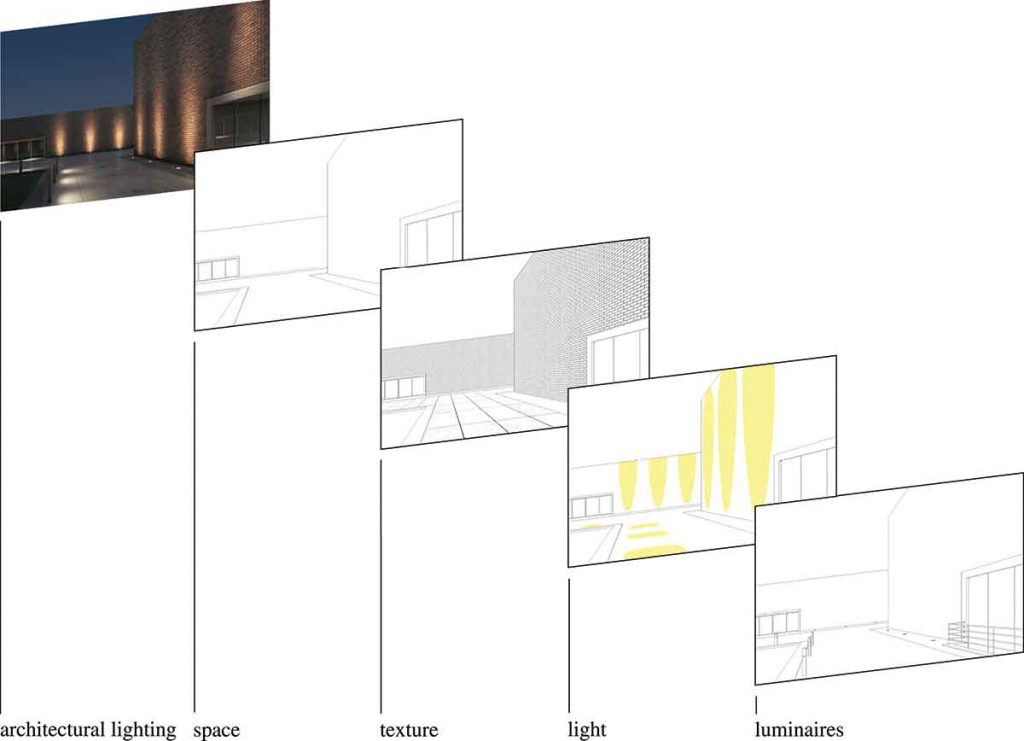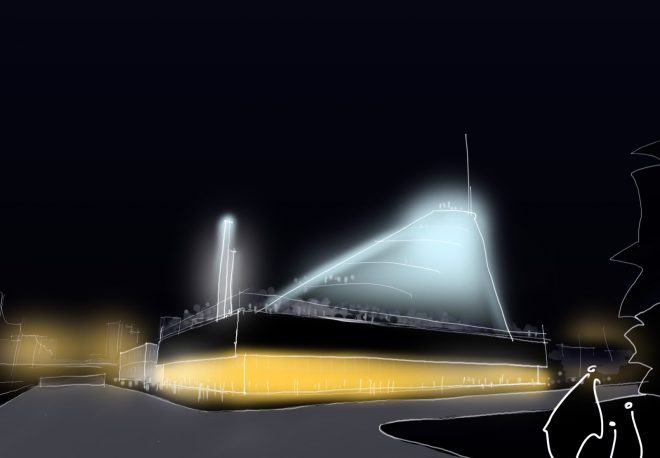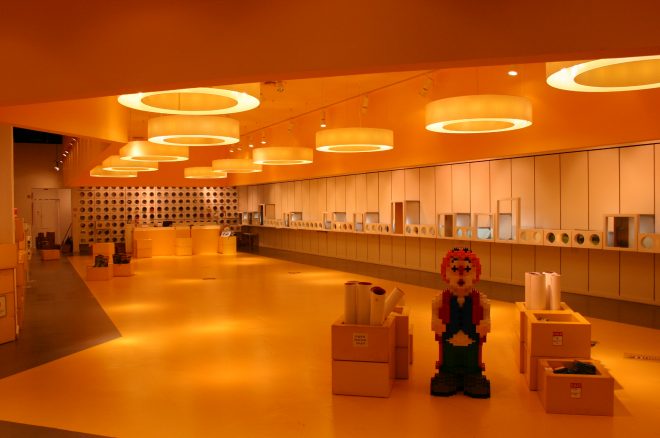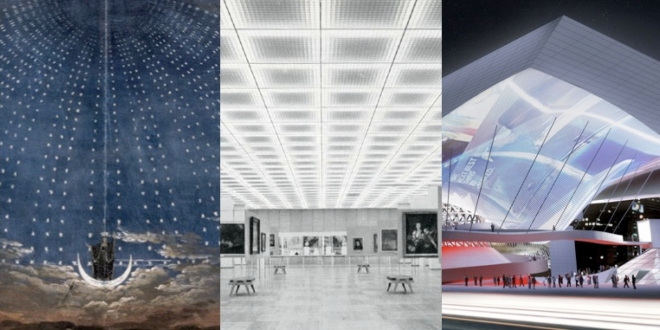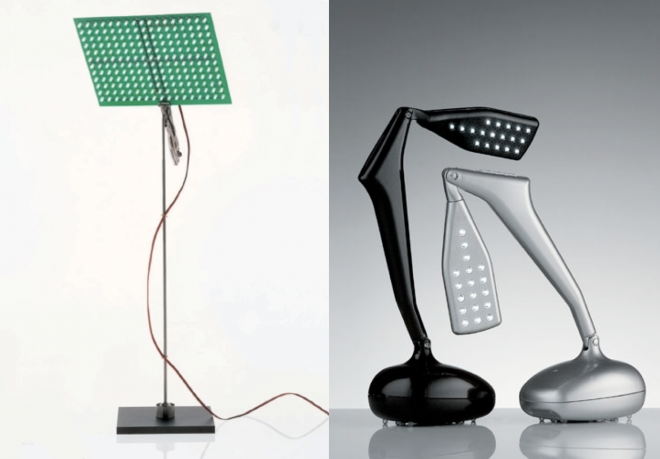Rising protests in recent years to address ecological, social and political issues have motivated artists and activists to reflect their strategy of interventions. In this connection light has become an attractive element to create striking images and videos to enhance press and social media communication. Different new forms have emerged. Previously using a sea of candles to show solidarity and to express unity has been replaced with bright LED flashlights from mobile phones. Projection with graphics and text enable artists and activists to underline their core messages or even to temporarily take possession of iconic landmarks. In fact, the luminous form of protest has allowed creative minds to circumvent governmental restrictions like forbidding gatherings of large groups. The smart use of light to enhance protests was already visible in the Occupy Wall Street protest and has been evident in recent demonstrations regarding climate change, Black Lives Matter or the LGBT movement. Artists like Krzystof Wodiczko, Robin Bell, Jenny Holzer, Dustin Klein, The Illuminator collective, Joanie Lemercier and Delight Lab have created projects in the recent years to address the rising social, ecological and political issues in the USA, South America and Europe.
If your protests or publication should be considered please send me an email.
Lectures
– Light for resistance: Transforming society at night. KTH Royal Institute of Technology in Stockholm / Sweden, 2025
– Can light activate the public for political and social commitment? Conference at Lichtrouten light festival in Lüdenscheid / Germany. 2025.
– Prostests at night: Light, design and technology for social change. VHS in Lüdenscheid / Germany, 2025
– Cities Light Up in Solidarity With Ukraine. Media Architecture Biennale 2023 (MAB23) in Toronto / Canada, 2023: Presentation slides
– Interventions at night: Light, art and design for social change. KTH Royal Institute of Technology in Stockholm / Sweden, 2023
– When cities call for social change at night. Virtual Lighting Design Community, Online, 2023
– Protests at night. Museum Ulm / Germany, 2023
– Interventions at night: Light, art and design for social change. Municipal museum in Lüdenscheid / Germany, 2023
– When facades call for social change. KTH Royal Institute of Technology in Stockholm / Sweden, 2022
– Protests at night. KTH Royal Institute of Technology in Stockholm / Sweden, 2021
– Urban lighting between identity and transformation. Élat Lighting Initiative in Saskatoon / Canada, 2021
– Protests at night – From candlelight vigils to guerilla projections. KTH Royal Institute of Technology in Stockholm / Sweden, 2020
Publications
– Art, Activism, and the City: Illuminating Social Change. ArchDaily, 2025
– Cities Light Up in Solidarity With Ukraine. ArchDaily, 2023
– Cities Light Up in Solidarity With Ukraine: From Internationally Synchronized Illuminations to Projection Activism, Drone Shows and Global Art Projects. Media Architecture Biennale, 2023
– Krzysztof Wodiczko: monuments, projections and protest. An interview with Thomas Schielke. Sculpture Journal, 2022
– When Architecture Shows Solidarity with China Combating Coronavirus. ArchDaily, 2020
– Media scapes in China: The empire of figures transforms into connected media facades. Media Architecture Biennale, 2021.
– The Language of Lighting: Applying Semiotics in the Evaluation of Lighting Design. Leukos, 2019.
– Streetscapes at Night: Lighting between Safety, Identity and Transformation. 3rd City Street Conference, 2018.
Exhibition
– Protests at Night: Light for freedom. Lichtrouten light festival. Lüdenscheid / Germany, 2025. 13 artists and activists with 17 projects.
Master thesis mentoring
– Light for democracy: Lighting as a tool for Brazilian political protests. KTH Stockholm: Helena Peres Caixeta Silva, 2022

Selected events, artists and activists
Interesting social media channels of artists and activists:
- Alaa Minawi, Netherlands
- Articiclo, Mexico, Argentina
- Asolar, Argentina
- Backbone Campaign, USA
- Billboardhouse 2020, USA
- Coletivo Projetação, Brazil
- Delight Lab, Chile
- Dustin Klein, USA
- Gabriela Golder, Argentine
- Gabriela Prochazka, Czech Republic
- Greenpeace, Netherlands
- Guerilla Lighting, Germany
- Jenny Holzer, USA
- Joanie Lemercier, Belgium
- Krzysztof Wodiczko, USA
- La nueva Banda de La terraza, Colombia
- Led by Donkeys, United Kingdom
- Luzinterruptus, Spain
- Media Sana, Brazil
- Mobile Projection Unit, USA
- New York City Light Brigade, USA
- Ocean Rebellion, United Kingdom
- Overpass Light Brigade, USA
- Pixelhelper, Germany
- Projection in Protest, USA
- Projection Rebellion, United Kingdom
- Projetemos, Brazil
- Projeto falando pelas paredes, Brazil
- Proyectorazo, Argentina
- Rafael Lozano-Hemmer, Canada
- Robin Bell, USA
- Social Light Movement, United Kingdom
- Streetdente, Bogotá
- The Illuminator, USA
- Vecinas a los muros, Uruguay
- Vicki DaSilva, USA
- VJ Alexis, Brazil
- VJ Mozart, Brazil



